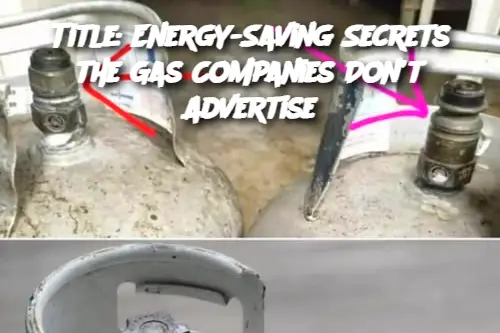-
Optimize Your Thermostat Settings:
-
-
Invest in a programmable or smart thermostat to control your heating schedule. Lower the temperature by a few degrees when you’re asleep or out of the house, and only heat rooms that are in use.
-
Set the thermostat to a comfortable but conservative temperature. Each degree you lower can result in noticeable savings.
-
-
Improve Home Insulation:
-
Seal drafts around windows and doors with weatherstripping or caulk.
-
Insulate your attic and walls to prevent heat from escaping. The better your home retains heat, the less your heating system needs to work.
-
-
Maintain Your Heating Equipment:
-
Schedule regular maintenance for your boiler or furnace to ensure it runs at peak efficiency.
-
Clean or replace filters as needed. Dirty filters force the system to use more energy.
-
-
Upgrade to Efficient Appliances:
-
If your budget allows, consider upgrading to a high-efficiency furnace or boiler.
-
Use energy-efficient cooking methods. For example, pressure cookers and slow cookers can help save gas by reducing overall cooking time.
-
-
Reduce Hot Water Usage:
-
Lower the water heater temperature to 120°F (49°C). It’s hot enough for most household needs and prevents energy waste.
-
Install a water heater blanket if your unit is older and not insulated.
-
Fix leaky faucets promptly, especially hot water taps, to avoid wasting energy.
-
Serving and Storage Tips (Long-Term Savings):
-
Track Your Usage: Keep an eye on your gas bill to monitor the impact of these changes. Adjust further if needed.
-
Build a Habit: Small actions, such as turning off burners promptly or covering pots when cooking, can add up over time.
-
Seasonal Adjustments: Review and update your strategies before each heating season to ensure continued savings.
Variants (Alternative Gas-Saving Techniques):
-
Solar Heating Assistance: If feasible, use solar heating solutions to supplement your home’s heat and reduce reliance on gas.
-
Zone Heating: Use portable heaters in rooms you frequently occupy instead of heating the entire house.
-
High-Efficiency Cookware: Consider switching to cookware that heats quickly and retains heat well, reducing cooking time and gas usage.
FAQ:
Q: Will lowering my thermostat really save that much gas?
A: Yes! Every degree you lower your thermostat can reduce your gas usage by about 1–3%. Over the course of a winter, that adds up to significant savings.
Q: How often should I have my heating equipment serviced?
A: Ideally, schedule maintenance once a year—preferably before the heating season starts.
Q: Do I need professional help to insulate my home?
A: Not always. Adding weatherstripping, caulking gaps, and installing a water heater blanket can all be done by most homeowners. Larger projects, like adding wall or attic insulation, may require a professional.
Q: Can these strategies also help reduce carbon emissions?
A: Absolutely. Using less gas not only saves money but also lowers your household’s carbon footprint, contributing to a more sustainable environment
